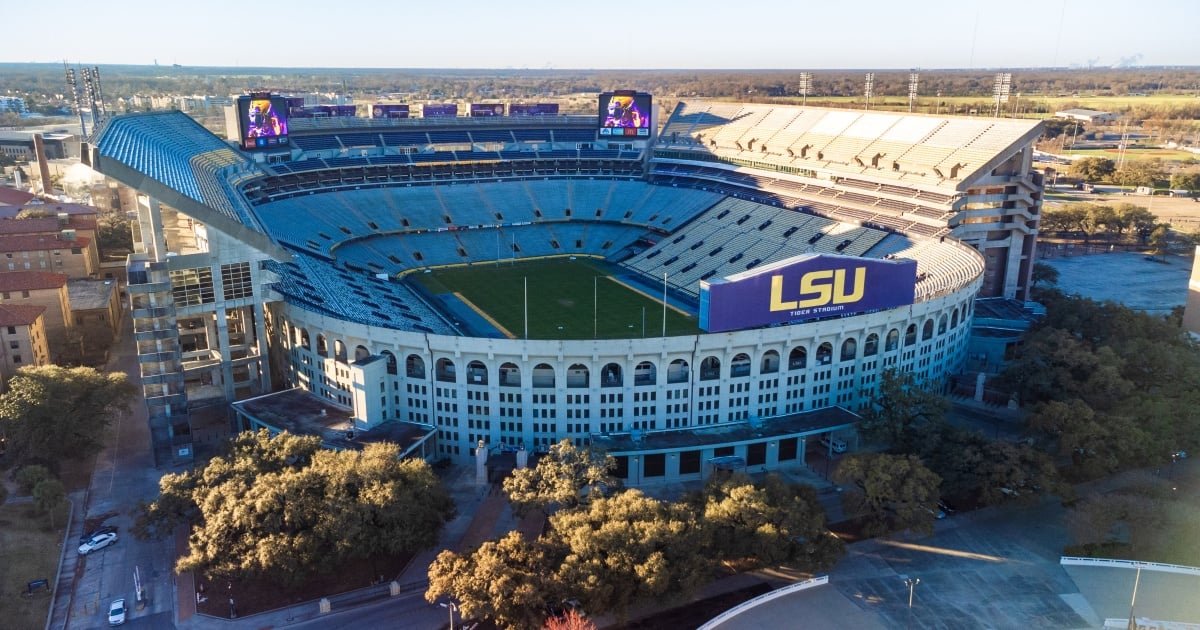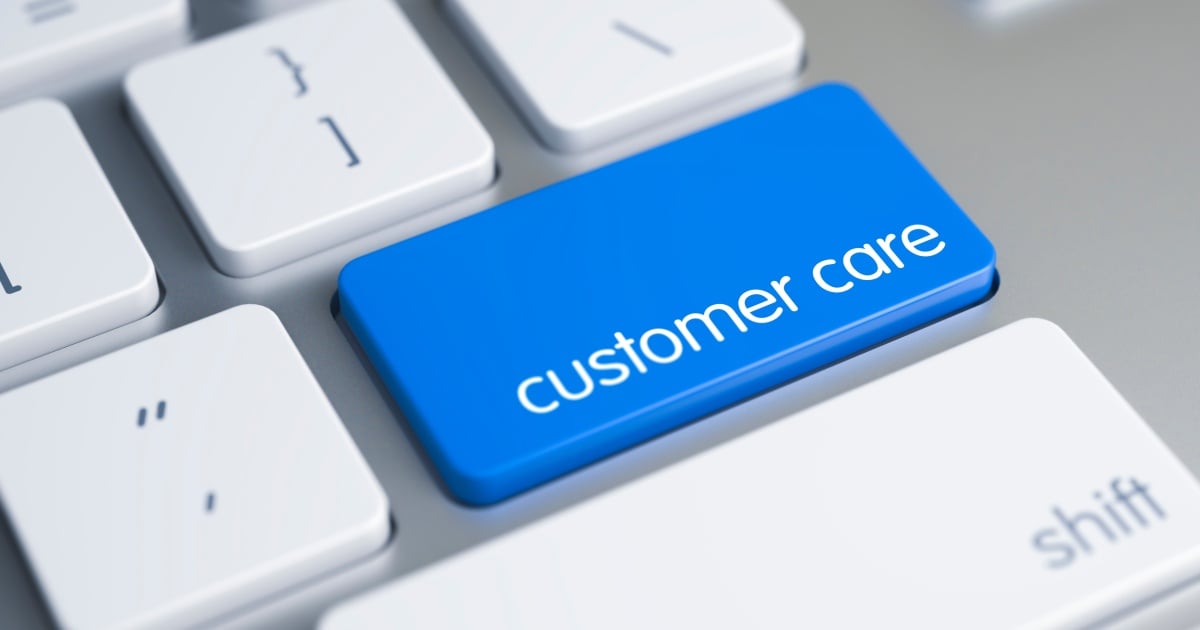
More than 4.9 billion people use social media worldwide, according to a report from Statista. Therefore, companies are taking the initiative to promote their business through social media advertising to better engage with their target audiences. For example, businesses leverage platforms such as Facebook, Instagram, Twitter, LinkedIn, Pinterest and Snapchat to tailor their messages to specific demographics, ensuring relevance and resonance.
The array of ad formats available on social media platforms, including images, videos, carousels, stories and sponsored posts, allows businesses to experiment with creative approaches. This flexibility is integral to capturing audience attention and fostering meaningful interactions, especially when 91% of brands advertise on social media, according to SimplicityDX researchers. Brands need to make certain they catch the eye of their audience.
The issue is that two-thirds of brands are spending a quarter of a million dollars or more annually despite not being able to measure its effects accurately.
The primary objective for many businesses is acquiring new customers, although this focus, while crucial, poses a challenge in accurately measuring the revenue impact of advertising spend. According to SimplicityDX, only 3% of businesses can precisely gauge the revenue implications of their advertising investments.
This measurement difficulty arises from issues like broken post-privacy link tracking and a consumer behavior pattern where shoppers may discover products on social media but prefer to jump directly to the brand's website for the actual purchase.
Complicating matters further is the average of seven touchpoints a consumer experiences before making a purchase, intensifying the challenge of tracking and attributing the impact of advertising efforts.
More notably, however, the research reveals a common trend in brands directing traffic to product detail pages as their preferred landing destination. This approach, called Dark Social, is accompanied by high bounce rates and low conversion rates, which affects metrics such as customer acquisition cost and return on ad spend.
“Most consumers prefer to discover on social but buy on the brand site,” said Charles Nicholls, industry veteran and analyst at SimplicityDX Academy. “This creates a huge proportion of traffic which is dark and untrackable. Dark Social traffic needs different treatment which recognizes the diverse nature of intents that this traffic has.”
Acknowledging the critical importance of the landing experience, some brands have successfully reduced customer acquisition costs by 50% or more by focusing on improving these crucial touchpoints, according to the research.
But there is another way to handle this.
Landing pages should not only mirror the initial creative that captured attention. It should also facilitate further product discovery. By introducing buyers to related items, these landing pages serve the consumer intent that initially drew them to the social content, creating a more seamless and engaging shopping journey.
If your brand struggles with directing traffic to product detail pages, resulting in high bounce rates and low conversions, remember that strategies that center on improving landing experiences cut customer acquisition costs.
Edited by
Greg Tavarez





